Day 9: Kawagoe
Table of Contents
Returning to Tokyo #
Today’s goal was mainly returning to Tokyo so we could go to DisneySea the next day. That being said, it only takes three hours by shinkansen to get to Tokyo from Osaka, so I knew I wanted to get some sightseeing in.
Van and I caught the 8:19 a.m. bullet train from Shin-Osaka Station. Since we’d be arriving in Tokyo area around 11 a.m., we wouldn’t have been able to check in yet for several hours. It was too much trouble to journey to the hotel just for the sake of dropping off our luggage, so I opted to leave our luggage at lockers at Tokyo Station.
This time instead of using lockers in the Gransta shopping arcade surrounding Tokyo Station — which we found mostly occupied and stressed me out anyway, because the lockers usually lined the busy corridors so you were always surrounded by a stream of people — we found a bank of lockers in the adjoining Yaechika shopping mall, tucked away in an offshoot corridor by a women’s restroom, out of the path of foot traffic, which was such a relief.
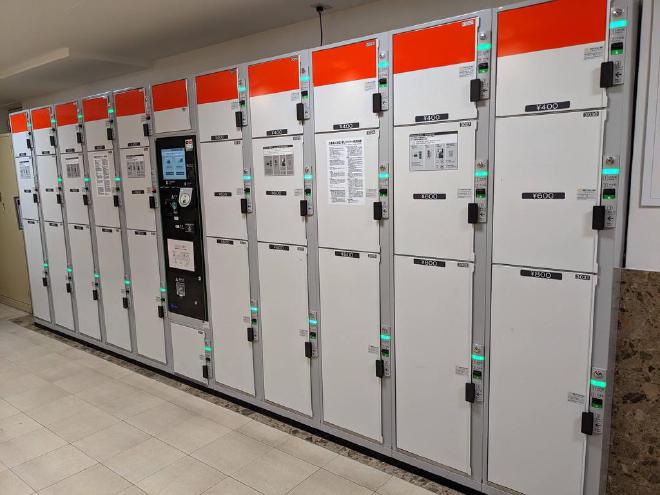
I like the station’s locker system: You pay with cash or with your SUICA card. If you pay with cash, you got a receipt with a QR code that you scan to reopen your locker later. If you pay with your SUICA card, you scan the card itself to reopen your locker.
Obviously paying with your phone would have been a nice option — I had used my phone, for example, to pay for my camera lens — so I’m really glad we’d made the effort to obtain a SUICA card for this trip.
Conveyor belt sushi #
From Tokyo, we rode the train for about an hour before alighting at Kawagoe Station. The town of Kawagoe is known as “little Edo.” Like Kurashiki, it has a district with buildings reminiscent of traditional Edo era-style architecture (1603-1867).
Before Van and I walked over to that district, however, we went in search of lunch. One thing that I’d hoped Van would get to experience while we were in Japan was conveyor belt sushi, known as kaitenzushi. However, in the weeks leading up to our arrival, there’d been a spate of “conveyor belt sushi terrorism” pranks in which people were doing unhygienic things like licking the communal soy sauce bottles or messing with the food passing on the conveyor belt. As a result, a lot of conveyor belt sushi places had shut down their conveyor belts and turned to traditional ordering practices.
Van and I had done a little reconnaissance via Google Maps on our sushi options leading up to our Kawagoe outing. The reviews were pretty hilarious. For example, reviewers at one kaitenzushi place had noted (obviously before the whole sushi terrorism debacle) that the conveyor belt moved so fast that it was a food-flinging hazard.
Van and I had eventually settled on Genki Sushi, located in a shopping arcade near Kawagoe Station, and it had a translated Japanese-to-English review complaining that “conveyor not rotating.” Nevertheless, we thought we’d give it a try and see what the experience was like.
Upon entering the chain restaurant, we at first thought we needed to wait to be seated like a traditional restaurant. But after a moment, I noticed a tablet near the entrance where you entered in the number of people in your party and the tablet directed you to an unoccupied table.
At the table was another tablet that you could use to order your food, which was then delivered expeditiously by the two-level conveyor belt that snaked around the establishment. We helped ourselves to cups of green tea: All the supplies, including a hot water dispenser, were provided at the able.
We struggled a bit at first with the ordering — it took us a while to discover there was an English-language menu — but once we figured it out, it was a delight to use. The app limited orders to four dishes at a time, which we balked at, at first — you’re not the boss of me! — but in hindsight I’m sure that was done in an effort to limit food waste, which is really smart move. Not that we were wasteful! We ate everything we ordered!
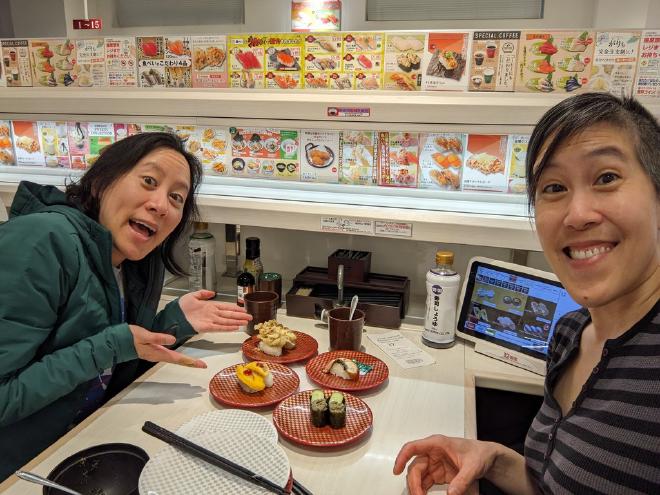
We ate until we were comfortably full and then marked on the tablet that we were done. At the front of the restaurant was a kiosk on we pulled up our final bill — a paltry ¥1,460 total or about $10 for the both of us. I paid with cash, floored (I’m still floored!) by how cheap sushi is in Japan.
Kawagoe #
Properly fortified, Van and walked down the shopping arcade toward the historic district. Van came across a taiyaki shop and ordered herself another fish-shaped pastry with red bean paste as a post-lunch treat. I saw a stationery shop, which I immediately zoomed into, emerging with several lovely paper products.
The historic district did, in fact, have two-story clay-walled buildings with majestic, steeply pitched tiled roofs. But unlike Kurashiki, where you could walk leisurely along the canal in a car-free environment, in Kawagoe, you had to walk on the sidewalk because a rather busy street ran down the center of the district.
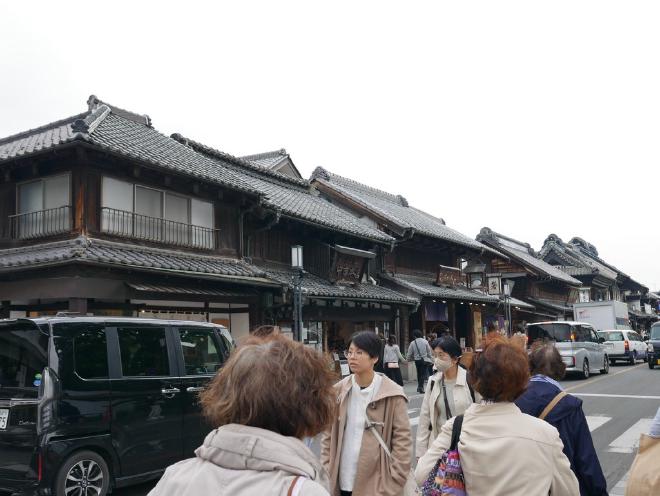
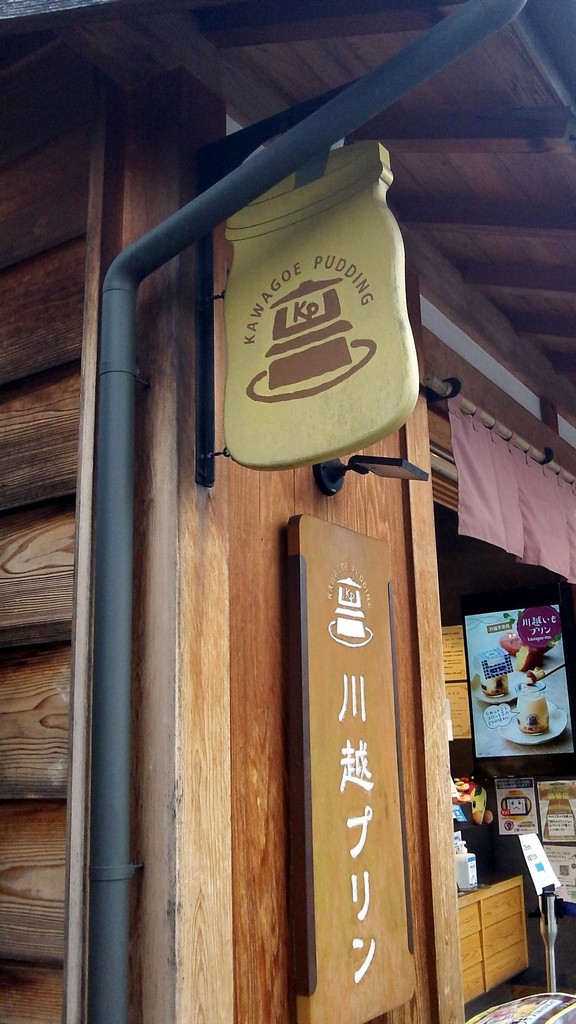
From the historic district, Vannie and I walked a few blocks over to Kawagoe Hikawa Shrine, where stands a nearly 50-foot-tall wooden torii arch, one of the largest in Japan. The Shinto shrine, thought to be about 1,500 years old, itself is surrounded by smaller shrines and holy trees.
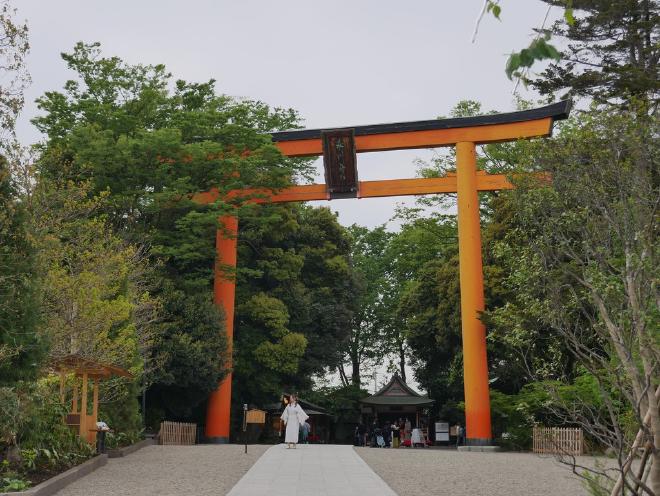
Van and I retraced our steps back to the historic district, where I popped into a post office to mail off some postcards. International postage was so cheap compared to how much I’d paid when I was in Scotland also sending postcards to the U.S.
Back in the shopping arcade, we zeroed in on a banh mi shop we spied earlier that day. We thought it’d be great to get some Vietnamese sandwiches to go and eat them at the hotel in Maihama, where we were bound that evening.
When we entered the sandwich shop, Banh Mi Ba Ba, the owner was in the middle of a conversation with two people seated at a table. He greeted us and when we greeted him back, he could tell we weren’t from there and I heard him say to his visitors, “Oh I thought they were Japanese,” so I said, “Oh we’re American but our parents our Vietnamese.” Then the owner got really excited because his wife is Vietnamese. She actually came in with their 2-year-old daughter while we were chatting.
While Van and I waited for our orders to be made, we hung out with the wife, daughter and the two friends who’d already been in the shop when we came in. They were so friendly. The owner insisted we take a picture together. Getting the photo to us proved tricky: We didn’t have iPhones, so he couldn’t AirDrop them to us, nor did we have Instagram for him to share them with us that way.
In the end, he emailed the photo to me, something I didn’t discover until I checked my spam folder several days after we’d returned to the U.S.
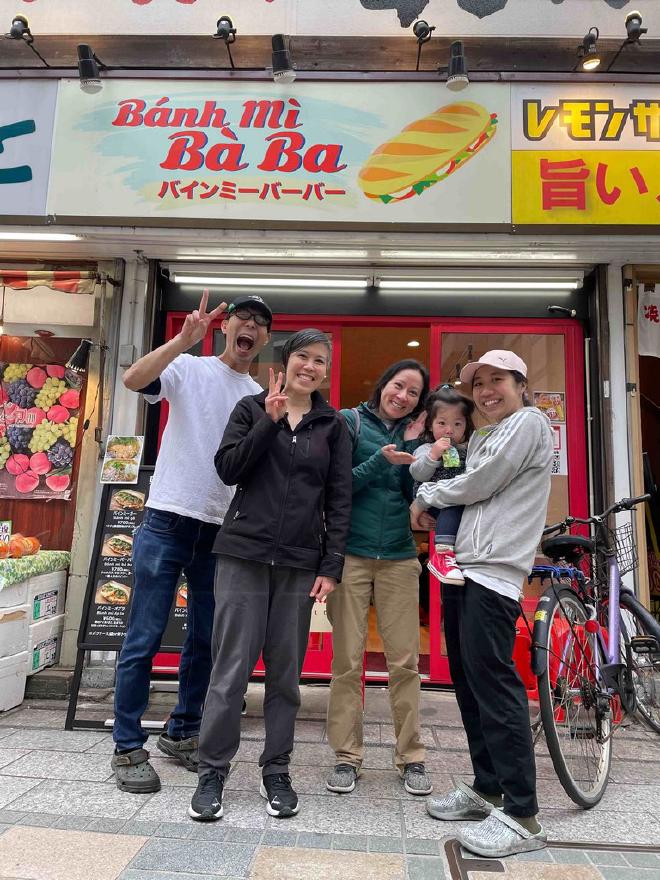
Maihama #
With our sandwiches in hand, Van and I made the journey back to Tokyo, where we retrieved our luggage and proceeded to Maihama Station, the station closest Tokyo Disneyland, which is actually composed of two theme parks, Tokyo Disneyland and Tokyo DisneySea. I’d booked a hotel within walking distance of DisneySea.
Riding the train to get to Maihama at that time of day was a nightmare. It was the middle of rush hour, which seems to last several hours. My aversion to crowds meant more than once I’d asked Vannie if she was okay with waiting for the next one, knowing full well there was no guarantee it’d be any better. Vannie on the other hand, never minded shoving ourselves and our luggage into a crush of people. “Just squeeze!” she’d say. “Squeeze!” So squeeze I reluctantly did. We extruded ourselves out at Maihama Station, where we caught the hotel shuttle to our accommodations, the Spa & Hotel Eurasia Maihama.
Of the three places we stayed during the course of our trip, our hotel room here was by far the largest, with two beds and a couch that could easily have served as a third bed, plus additional seats for louging. After the tight spaces we’d grown used to, the space felt downright luxurious, with room to stretch out and spread our things.
We ate our banh mi for dinner but still felt peckish. Our hotel was not close to the business district around the station — it very much felt industrial and not particularly tourist-friendly (though not, it must be said, unsafe, because c’mon, it’s still Japan) — but there was a Daily Yamazaki conbini down the street. Grabbing our shopping bags, we made a quick nighttime walk to the conbini for ice cream (of course) and breakfast goods.
Back at the hotel we attempted to figure out how we could wrangle a DisneySea equivalent of USJ’s Express Pass for the rides. This proved confusing and ultimately unsuccessful, so we decided to make a beeline for Guest Services first thing in the morning when we made it through the ticket gate at DisneySea.